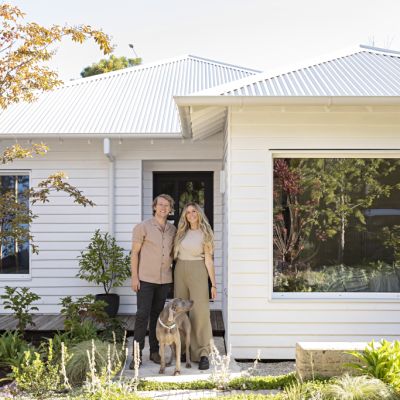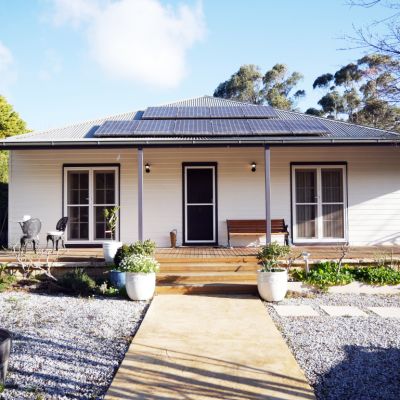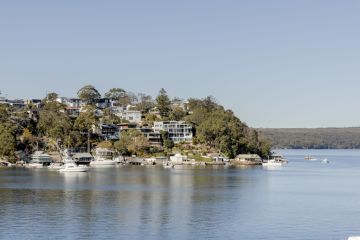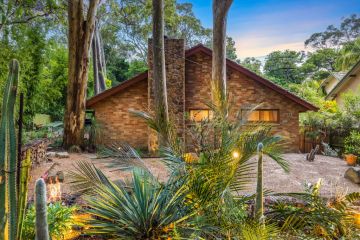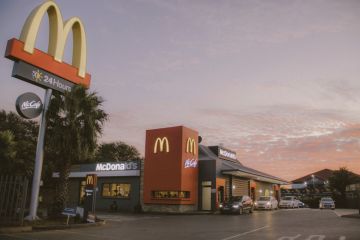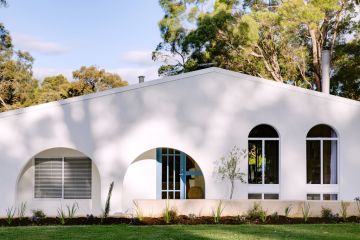Energy-efficient house ideas: 7 homes to inspire you
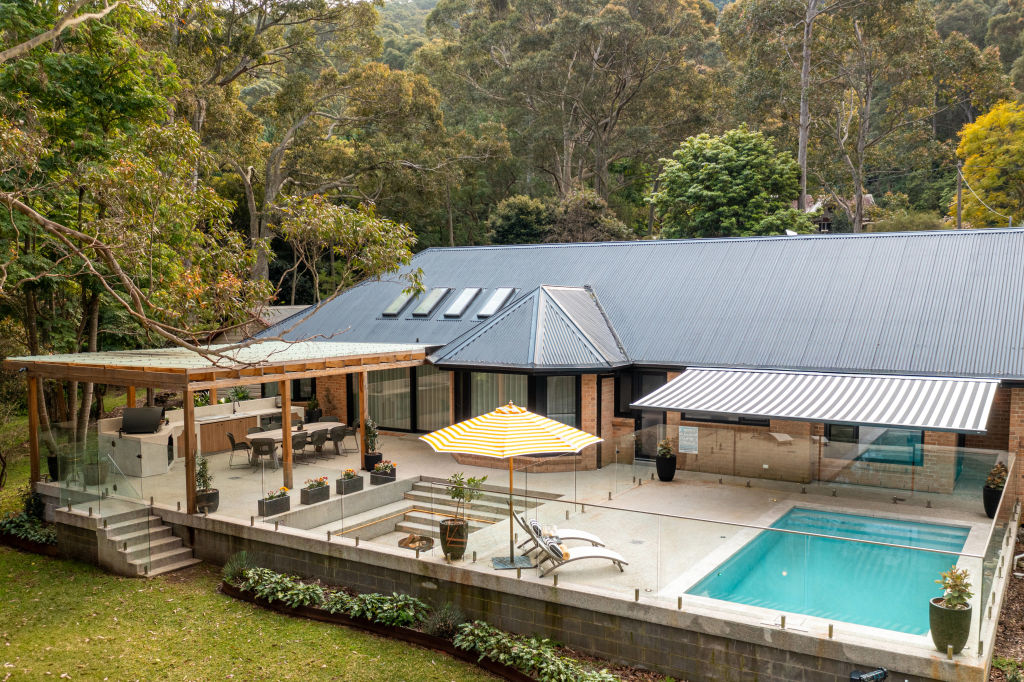
When you picture an energy-efficient house, what do you imagine?
There’s no single answer to this question in 2025, when energy-efficient homes masquerade as old Victorian terraces and luxury boutique stays.
Here are a few of our favourite designs featured on Domain in recent years.
7 inspiring examples of energy-efficient houses
1. Cinque House: Luxury boutique getaway
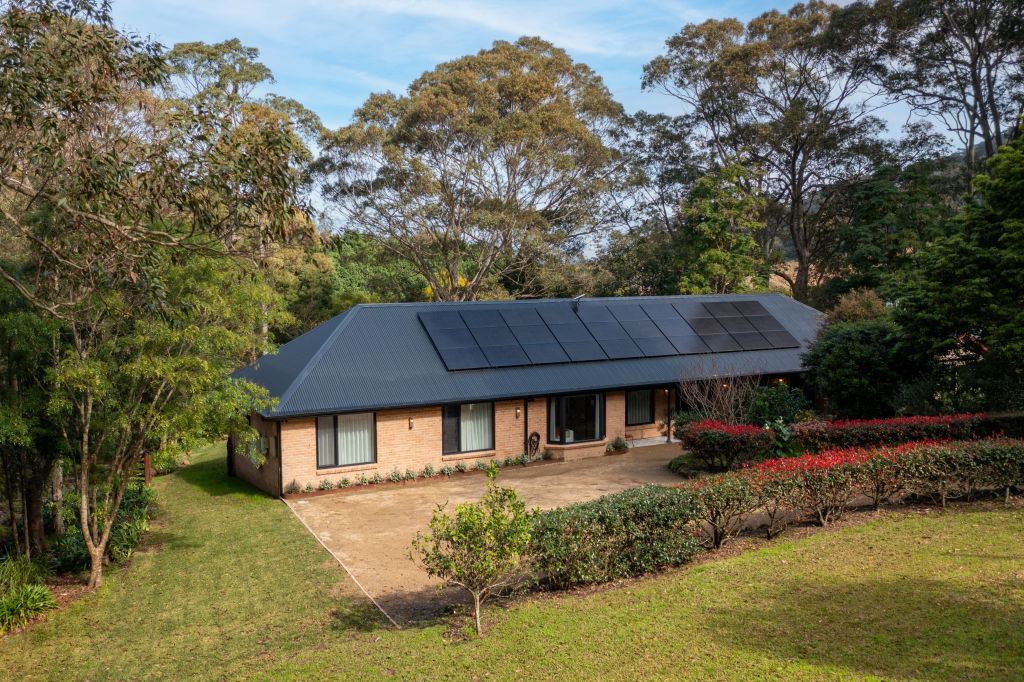
Since appearing on The Block in 2022, Rachel and Ryan Carr have become renowned renovators in their own right.
Recently, they’ve transformed the luxurious NSW South Coast getaway Cinque House from its original run-down state. When it came to the choice of adding solar power, Rachel says it was a “no-brainer”.
“Doing massive renovations like Cinque House, we were very conscious about our footprint and keeping things as sustainable as we could,” she says. “We are delighted that Cinque House is set for a sustainable future for all its guests, powered by renewables.”
Thanks to Solahart, Rachel and Ryan are set to save around $4300 in the first 12 months and a projected $114,764 over the course of 20 years. Rachel urges others to think of the long-term cost savings that can come from making the switch.
Solahart Industries general manager Stephen Cranch says Australians are fantastic at adopting solar energy, with our uptake among the highest in the world, but we can do more to embrace solar battery storage and systems to make our homes more efficient.
“We’ve been selling our home energy management system for years now, and it’s basically an intelligent communications hub. Think of it as the brains of the solar energy system.
“It’s telling you where different power flows should go, whether it might be producing excess power, or [to send it to] a home battery,” Cranch says. “It optimises your power generation, ultimately to save you the most amount of money.”
Check out Rachel and Ryan’s top renovation tips from Holiday Home Makeover for more.
2. Off-grid shed house in the Grampians
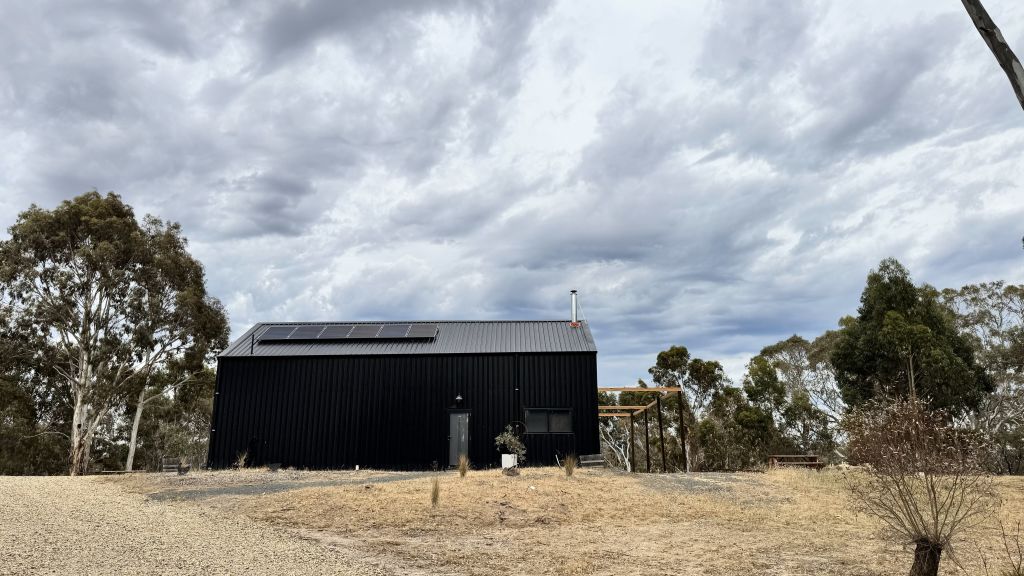
In the foothills of the Grampians in Victoria stands a black barn-style home with a Scandi-industrial feel.
The owners, Geelong-based couple Claire and Brett Wells, built much of the structure themselves, incorporating energy-efficient appliances and features.
The house has a small solar set-up along with rainwater tanks and a composting toilet, and huge double-glazed windows overlook the stunning vistas.
“I just love that we’ve created a home that’s a bit different,” says Claire, who works as a marketing professional. “It doesn’t cost us in bills and we’re doing our bit for the environment.”
Learn more about the energy-efficient shed that these “soon-to-be-empty-nesters” will call home.
3. ImPossible House: Restored inner-city worker’s cottage
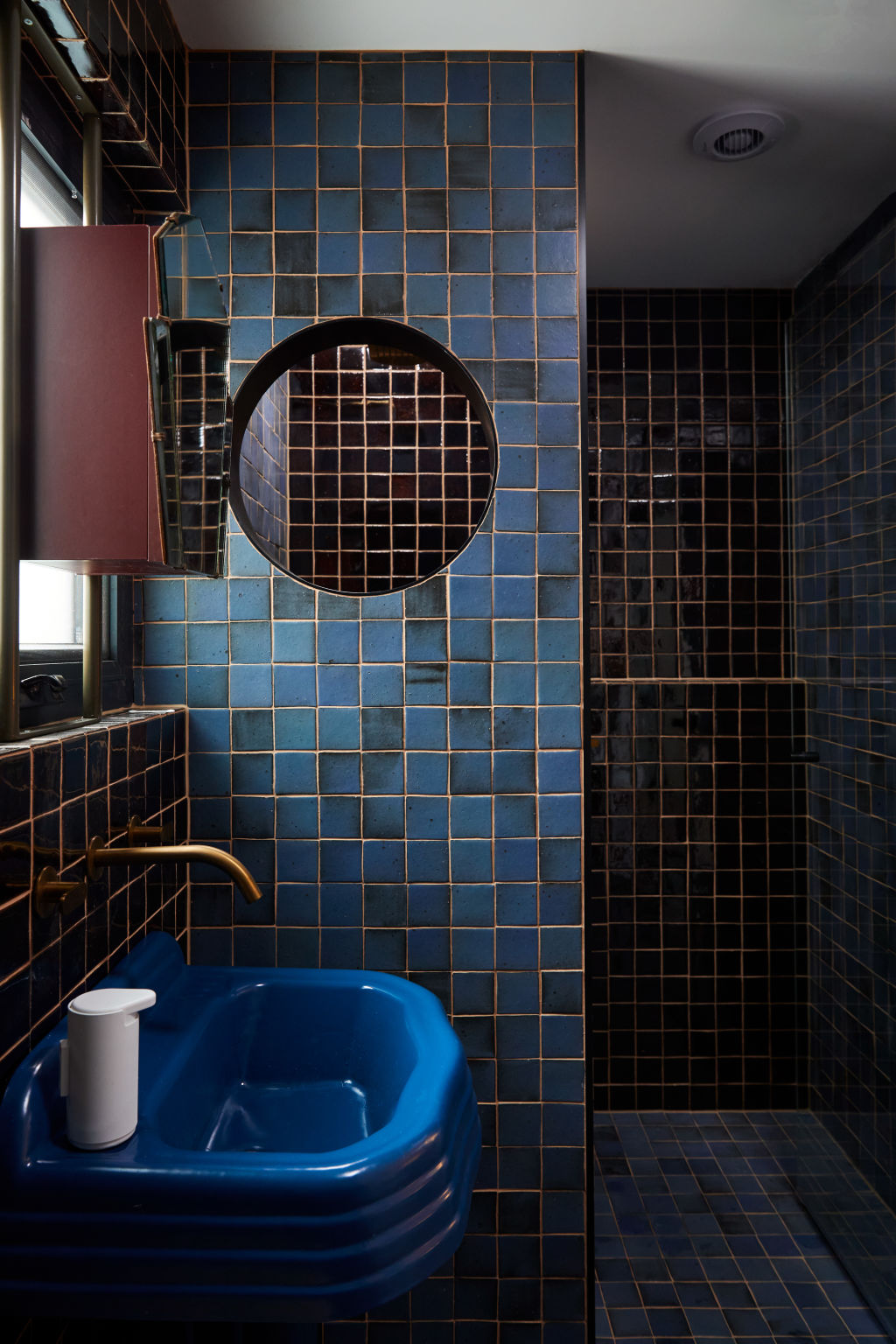
ImPossible House is a sustainability-focused house that was open for tours earlier this year as part of Renew’s Sustainable House Day. It’s also appeared on the television show Grand Designs for its innovative approach to inner-city living.
Owner Laura Ryan wanted to prove that energy-efficient houses are something to strive for wherever you live. As such, she took on the challenge of transforming an 1800s worker’s cottage in Newtown, Sydney, into a self-sufficient, eco-friendly dwelling.
“I just wanted to see if I could live as sustainably as possible in a city-like way, and minimise my footprint, and not have to move out to the sticks to do that,” Ryan says.
The home was renovated using a mix of recycled and prefabricated construction materials, adhering to principles of passive house and regenerative architecture.
Features include a system for collecting and cleaning grey water for reuse. The home is not connected to the mains water, nor does it have a sewerage connection (instead, there’s an incinerating toilet).
To help more Australians make their houses energy efficient, Ryan documented every step of the journey on her website.
“Whenever something new happens that’s to do with the sustainability aspect or the off-grid aspect, I just get a video of it and then write up some instructions for how other people could do it if they want to,” she says.
Read the full article on ImPossible House to learn more about its innovative features.
4. House built from 11 shipping containers
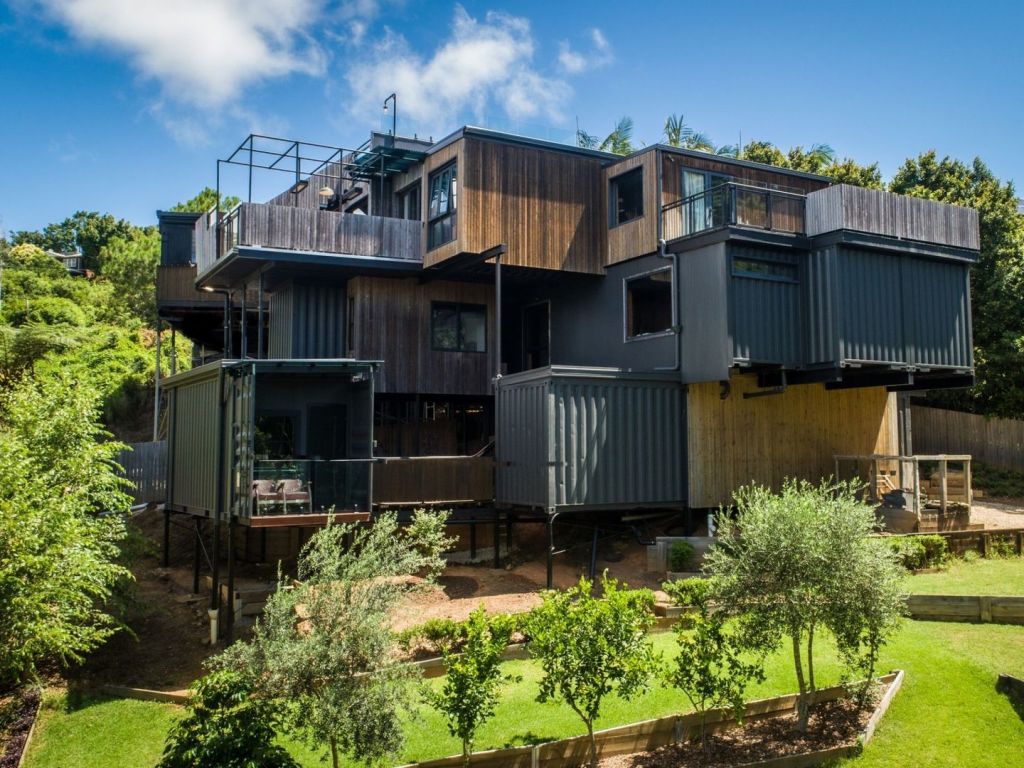
Tamborine Mountain in Queensland is not an easy place to build: it has a steep slope and is often affected by extreme weather.
When Tash Hardy and her builder husband bought the land in 2013, the block – where four previous owners had tried and failed to build – called for some innovative thinking.
A home built from 11 shipping containers – eight 40-foot containers, and three 20-foot containers – came to life in a matter of months.
The hardy containers were bolstered with insulation and thermal barriers, which eliminated the need for heating and cooling. With double-glazed windows, the home feels like a cocoon of energy-efficient luxury.
“While containers are not a traditional method of construction, they’re actually stronger,” Hardy says.
This home, known as Varmt Rede, is now for sale: learn more here.
5. KASA Cabin: Blue Mountains haven now for sale
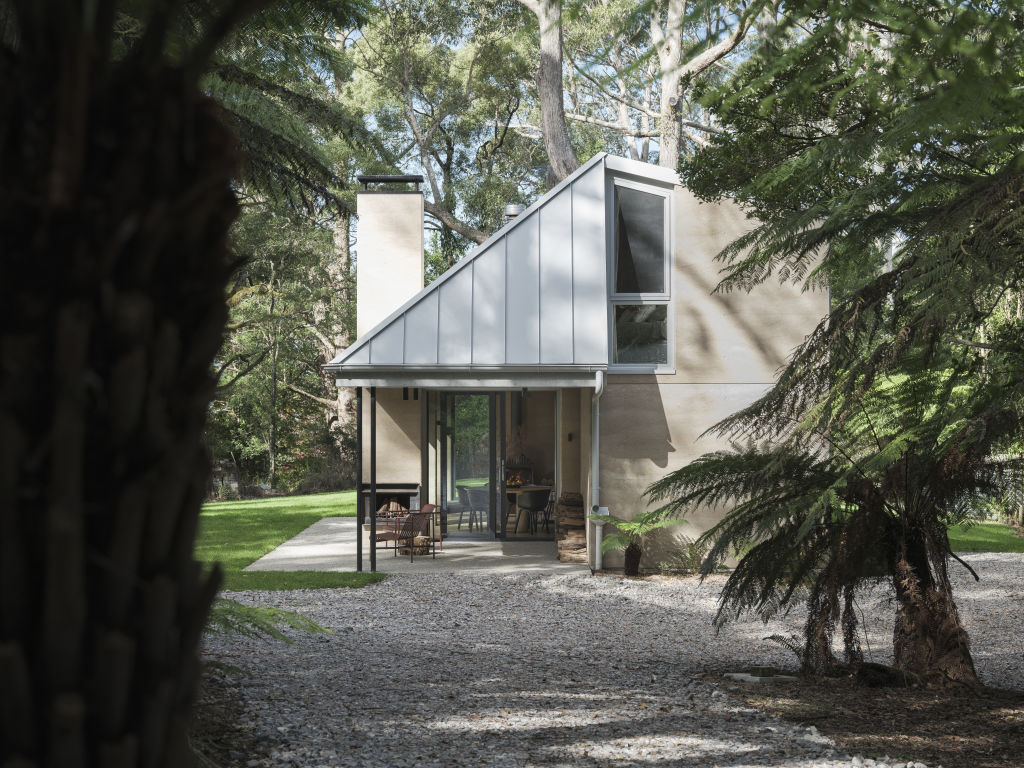
When architect Sally Meaton and builder Karl Whitehead first discovered their property in Mount Wilson, NSW, they were immediately enchanted.
Now for sale, the home was made from materials that would maximise sustainability, from the rammed-earth walls that maintain a comfortable temperature, through to the lightning-struck trees that form the floors, doors and joinery.
It’s also kitted out with a 100,000-litre rainwater tank, a heat-pump hydronic heating system and a three-phase electric vehicle charger.
“We built it with love, and we hope whoever comes next makes it their own in a meaningful way,” Whitehead says.
Explore KASA Cabin: an energy-efficient nature retreat now on the market.
6. Shed houses as an alternative to container or tiny homes
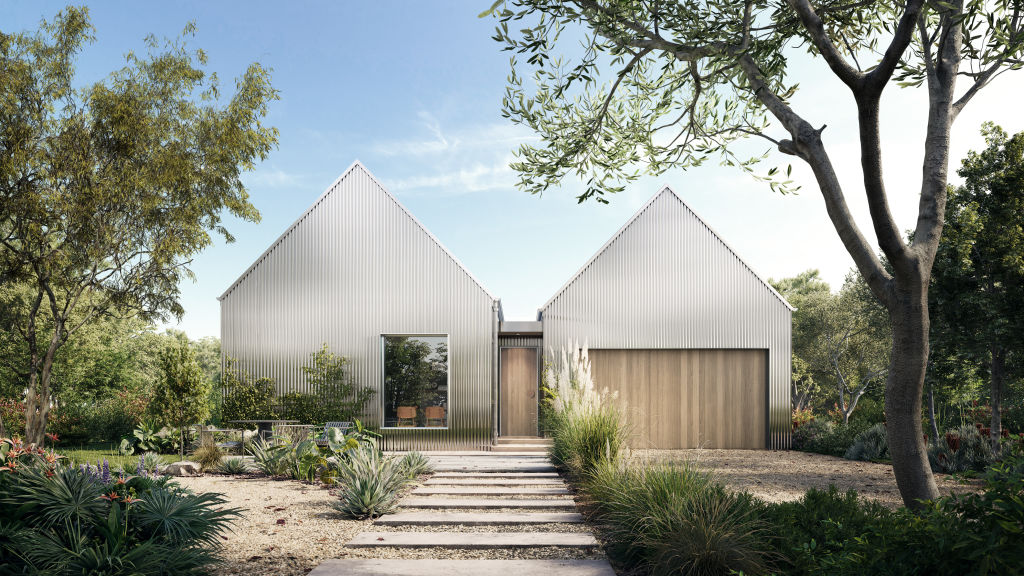
If you’re like Rhys Uhlich, the founder of Shed House Australia, maybe you’ve thought about building an energy-efficient house but can’t quite seem to get on board with the aesthetic.
When he was planning his family home, his goal was a beautiful structure at a fraction of the traditional cost.
“I looked at container home options, I looked at tiny home options … but they just didn’t tick all the boxes; they felt very closed in,” Uhlich says. “There’s just this playfulness and this inclusiveness that the shed frame naturally gives you.”
Once he’d landed on the shed-home idea, he realised he’d struck gold as there was a gap in the market, which inspired him to create his current team of developers, creatives and builders.
“I want people to walk past them on the street and second-guess, ‘Is that a shed house or is that an architect-designed multimillion-dollar home?’”
Learn more about Rhys Uhlich’s work with Shed House Australia and how they pair energy-efficient homes with architectural design.
7. Award-winning sustainable house with inverted roof

Carrickalinga Shed sits on a hilltop on South Australia’s Fleurieu Peninsula, in a small town about 60 kilometres south of Adelaide.
Its stunning location is one drawcard, but it’s the property’s roof that secured the crown in the sustainability category at the 2024 Houses Awards.
The inverted roof allows for greater solar energy access, and more solar panels mean less reliance on the grid.
External walls and shutters are covered in galvanised corrugated iron, and structural columns are used as downpipes to harvest rainwater.
The awards’ jury praised the design in an official statement, saying the “robust, low-maintenance materials … will provide longevity and ensure the embodied energy invested in this site will serve many generations to come”.
See inside Carrickalinga Shed here.
Energy-efficient house FAQs
What is an energy-efficient house?
An energy-efficient house aims to reduce energy use associated with appliances, heating, cooling and lighting. This can involve the addition of energy-efficient features like insulation, often combined with design principles that focus on maximising ventilation and reducing excess emissions. The gold standard in Australia is a 7-Star house: a rating provided by the Nationwide House Energy Rating Scheme (NatHERS).
Are all 7-star homes energy-efficient?
In theory, yes, but it’s important to do your research to learn whether you can trust a home’s 7-Star rating. The rating system factors in the building’s shell as well as the performance of the whole home, including appliances, solar infrastructure, orientation, glazing and more.
We recommend
States
Capital Cities
Capital Cities - Rentals
Popular Areas
Allhomes
More
- © 2025, CoStar Group Inc.
